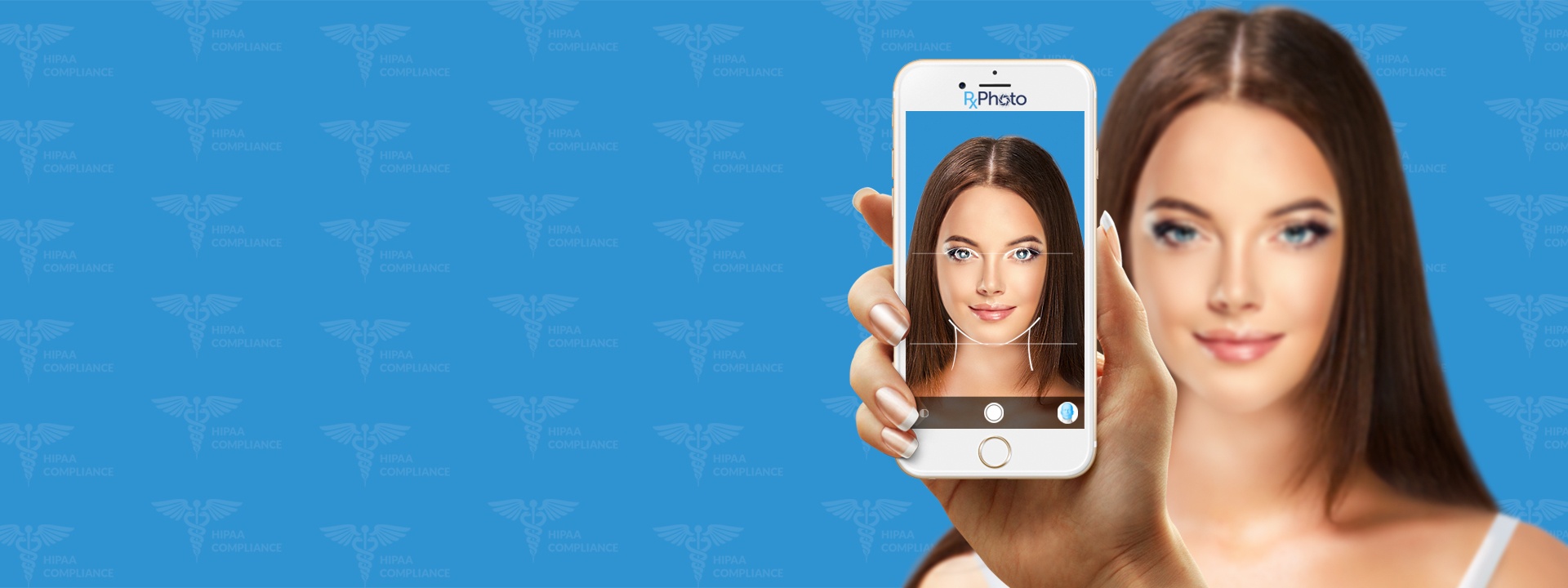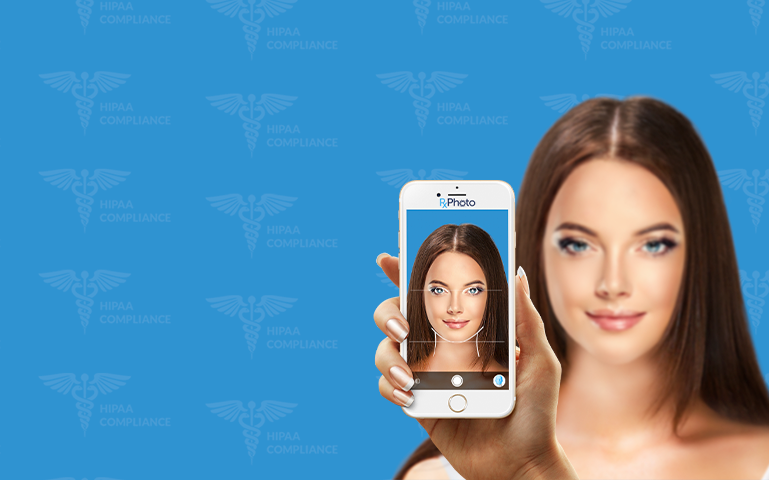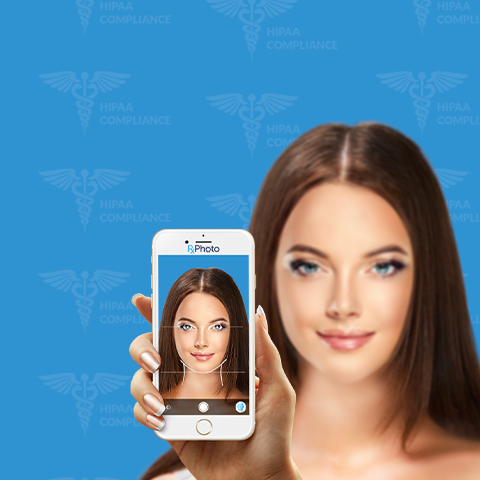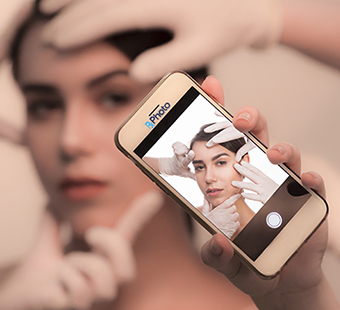Plastic Surgery Photography – Mirror Imaging vs. RxPhoto – An RN’s Perspective
Every nurse knows the importance of documentation. Photography provides the most descriptive and accurate documentation. Typically the biggest obstacles to plastic surgery photography are time and HIPAA compliance. As a busy RN in a plastic surgeon’s office, one of the most demotivating aspects of patient photography I’ve faced has been the time involved.
Prior to using RxPhoto, we had the Mirror Imaging Software and a Canon digital camera with specific automatic settings, just for our photo room. Once I had the patient in the photo room, and I had taken the photos exactly how I was trained in our photography course (I went to nursing school; who knew I’d be well-versed in shutter speed and aperture??), I knew my job was far from finished. I would then have to upload the photos using a USB cord, connected to my desktop and the camera, into the Mirror Imaging Software. Usually this system ended up consisting of several post-it notes with patient names in the same order as they were taken on the memory card, and one upload, or “patient photo dump,” per week. The average patient has 8 photos, and I’ve seen up to 24 per patient, depending on procedure. At this time, we were only taking “before” photos on our surgery patients because of the time involved. We would have close to 100 photos a week that had to be uploaded to the desktop. It was a messy, time-consuming, tedious process that every nurse on staff dreaded.
Read full article on RxPhoto.com




